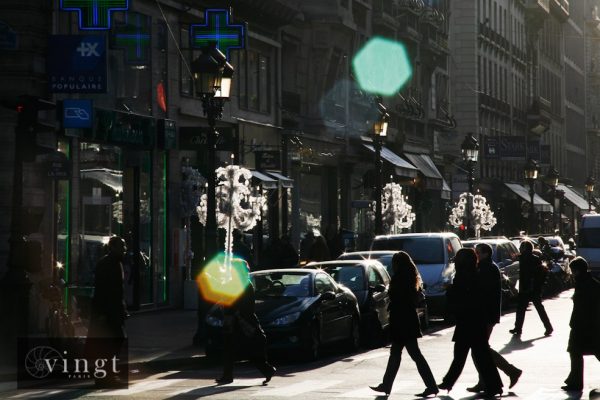From Grand Boulevards to Palais Royal Part 2
Posted on May 7, 2012 by VINGT EditorialText: Guillermo Martínez de Velasco
You walk around it and wonder what the word ‘Madeleine’ even means. You’re back at Capucines but decide to turn right. The thought of heading towards Monceau doesn’t appeal to you because it reminds you of walking for ages looking for a place to buy wine. You don’t want to go to that side of Paris because it reminds you of not being able to buy wine that easily. You think of when buying wine was more complicated, that was before you got to know your Alimentation Générale and the closest Nicolas.
You look up and you think that maybe Baron Haussman was alright. At least heading south the city makes sense, everything is white, blue, beige. There is a comforting order to every fifth storey balcony. You then realise every balcony is different. You will go on to realise that this occurs in all of Paris. Subtle differences are what you focus on now. No building is actually the same. There is no uniformity. You wonder what Haussman did before he thought of this. You wonder if he was short. He must not have been too tall.
You’re at rue de la Paix where it turns into Place Vendôme. You see the column, you are amazed that such a place can remain relatively hidden. You walk towards it. No other monument is this green. You keep walking because this is one of the few times when you see a Parisian monument of that size without instantly seeing it as an icon. The Eiffel Tower, Nôtre-Dame, and the Arc de Triomphe are not places, they are images; they are things you’ve seen a thousand times before you see them.
The Place de Vendôme is a place. It is somewhere you can walk, and think, and see shapes, and take things apart with your eyes. The square is wide and you feel like you’re in a different Paris. Somehow, when you’re here you think everyone does things like take taxis on a Tuesday evening, or have afternoon champagne. You think someone holding an umbrella for someone else is not all that unreasonable.
Place Vendôme makes you think that you’ve somehow entered the trope of fictional Paris as a real person. You don’t even consider thinking about what that column commemorates. Everything spans a wide scale of greys from light to dark. Everything that is, except for the column. It is small but stands out because it’s the colour of plants right after it rains.
You know you’re headed towards the Seine because you’ve learned to always remember in what direction one may find it. You’ve learned to do this so that when you walk out of a bar and it’s not freezing you can avoid taking the Noctilien. You like knowing where the Seine is because then you know where you are. You think about that one Noctilien ride you had a couple of months ago. The one where it seemed like you were riding into the twilight zone. That is why you like to know where you are.
You’re at the corner of St-Honoré and you remember that you want to go to that store. You think you’d better go another day because, in the end, you were just going to go look at things and then perhaps, maybe buy a magazine. Besides, going to stores is reserved for weekdays, when they’re not filled with people and tourists.
You realise you don’t consider yourself a tourist anymore because now you hate tourists. You remember when people called you a tourist. You feel uneasy about your thoughts. You’ll try to be more patient. You realise how impatient Paris has made you. You also realise that you’ve been pouting ever so slightly for a good forty-five minutes.
The following block is the Tuileries, you know this because you see the tops of the trees through the arches and columns of the sidewalk arcades. You prefer conventional sidewalks because they don’t make you feel like you have to engage with what is in the buildings. You never really walk around here because you don’t stay in hotels and, if you did, it would not be in these. You also realise that you don’t walk around here because it’s too cold to be in the shade. And because, when it is not too cold; when it is the perfect time to be in the shade, is also when you avoid the 1èr and 4ème altogether.


